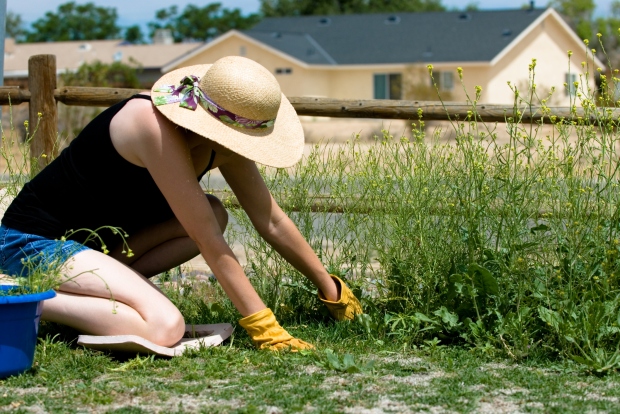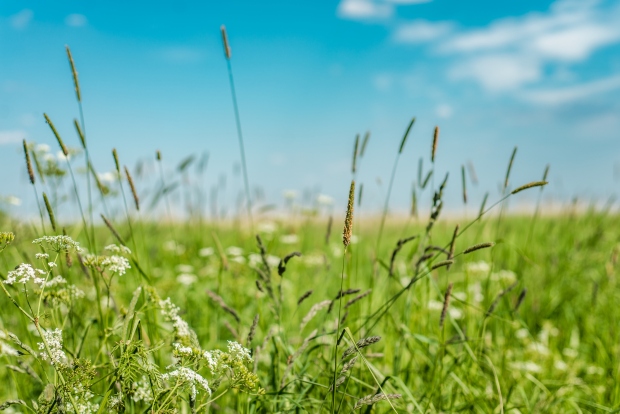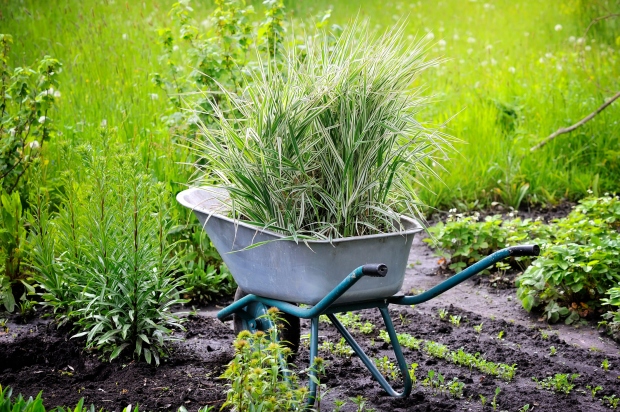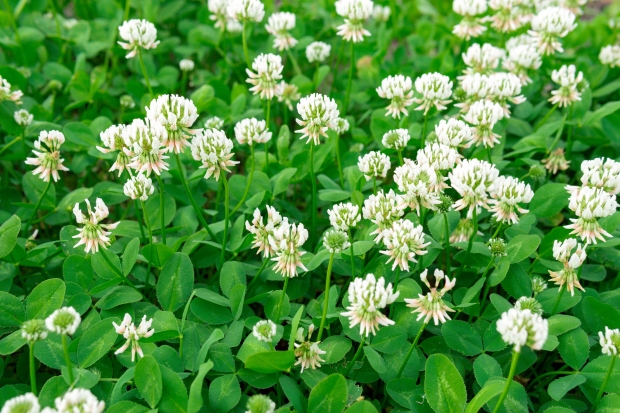Why Weeds Grow in Our Garden
Weeds are opportunistic plants that grow wherever and whenever the opportunity arises. They produce large amounts of seeds, which spread quickly by means of wind, water flow, animals, and even humans, among other things.

Understanding the different weed classifications, characteristics, living conditions, and propagation methods will assist in weed management and the steps you can take.
Exploring the Different Types of Weeds
There are three primary weed classifications based on their morphological features: grasses, broadleaf, and sedges. These classifications further break down into annual, biennial, and perennial subclassifications.

Weed Classifications
Grasses are monocotyledons, meaning they only have one seed leaf when sprouting, also known as the embryonic leaf. Grass leaves have a parallel venation pattern that is long and narrow, where leaves alternate from one side to the next along a culm (hollow stem). As grasses grow, they develop their lower leaf portion, the sheath, then their upper section, called the blade. Finally, the sheath extends, wrapping itself around the culm, creating the complete upper segment of the grass. Grasses have an extensive fibrous root system.

Grasses thrive in conditions equal to that of lawns. Still, they can tolerate less water, shaded areas and adapt to various nutrient levels. Their relentless nature is why you can find them in both garden lawns and parkland.
Grassy weeds propagate prolifically by producing immense quantities of seeds. A single plant can create up to 150,000 seeds.
- Plant examples: Crabgrass and Dallisgrass
Sedges are also monocotyledon, similar to grasses, but not true grasses as they have solid stems. Their leaf grows in a triplet, unlike grasses which grow in pairs. Additionally, at the base of the leaf (sheath), a tube is formed connecting to the culm (stem) with no apparent difference between blade and sheath.

Sedges thrive in moist and sunny environments. However, they can adapt to various conditions, including rocky or fertile soils, sun or shade, and wet or dry. Sedges prosper and grow into large plants when they have access to sufficient water and sun.
Sedges propagate via seed production. A single plant can produce 20,000 seeds per year.
- Plant examples: Evergold Japanese Variegated Sedge and Nutsedge
Broadleaf weeds have broad leaves with a central vein connecting to smaller veins that branch out from it. Their seeds sprout with two embryonic leaves, and they tend to have coarsely branched roots, often with a tap root. The stem branches out as the plant grows, allowing a single plant to become broad in stature. As a result, a single broadleaf weed has the ability to cover large amounts of ground.

The most adaptive weed is the broadleaf. This weed species faces few obstacles when it comes to growing conditions and the environment. Incredibly versatile, they can grow nearly anywhere. Native broadleaf weeds will grow in coastal and alpine zones, dry and moist soil, and even in drought, frost, or snow.
Propagation of broadleaf plants occurs post-flowering, with individual plants generating more than 120,000 seeds depending on species.
- Plant examples: Dandelion and White Clover.